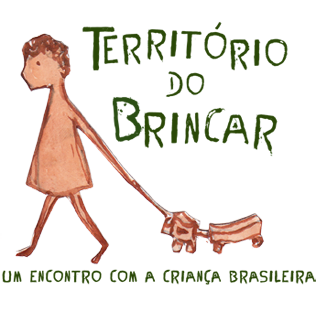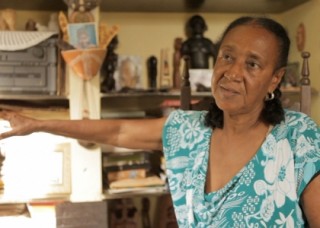
May-2015
Lira is one of those people that contributes to the beauty of the world. She put two braids in her hair when she was a kid and carries them to this, displaying her roots as a sweet and persistent child. Lira is a potter, a researcher of the culture of the Jequitinhonha Valley, one of […]
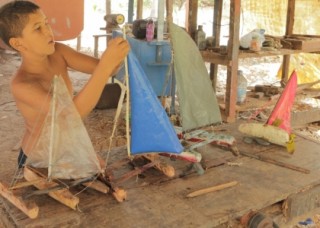
May-2015
The coastal Amazon still preserves some of its traits on the beach of Oiteiros, on the western shores of Maranhão, through its flora and the abundance of species in its banks and pools, as well as through the habits of its people, in the slow time that spreads lazily over the hot hours. It also […]
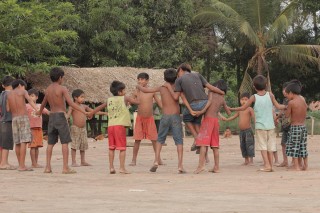
May-2015
Recent linguistic and ethnic-historical data show that the Panará of Peixoto Azevedo/sources of the Iriri River are the last descendants of a much larger group, better known as the Caiapó do Sul, that occupied the region between northern São Paulo, southern Goiás, eastern Mato Grosso, southeastern Mato Grosso do Sul and the triangulo mineiro region […]
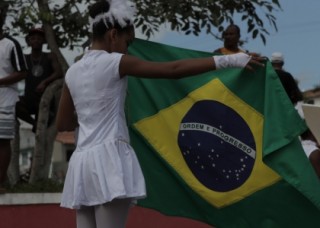
For days no one has talked about anything other than the parade for the 7th of September. The schools were preparing so intensively that they barely had time for lessons. Rehearsals, marches, making flags, banners and decorations occupied the routine of Acupe. Whenever we called the kids to play we would hear back “we can’t, […]
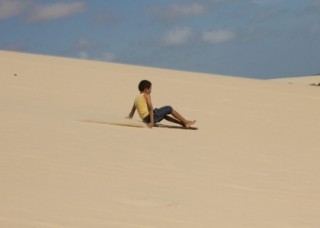
May-2015
You need help to see the surroundings of Tatajuba, like in the Eduardo Galeano story in which a boy, upon looking at the sea for the first time, asks his father, “help me to see.” The natural exuberance calls for silence while looking, calls for a new way of seeing, a child’s eye, of those […]
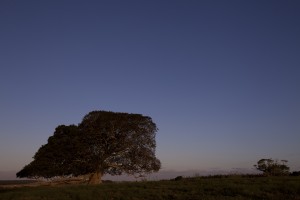
May-2015
The horizon opens over the pampas, the lowlands of Southern Brazil, and the eyes drift far with the aerial dance of the maçaricos, or sandpipers. The place is so flat they say you can see your dog running away for three days straight. The landscape along the highway is one of infinite pastures sprinkled with […]
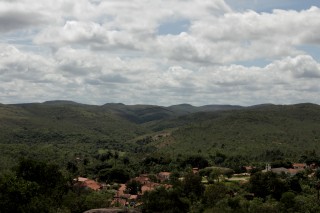
May-2015
Abadia is a land of people knowledgeable about prayers, Three Kings’ Day parties, cantigas de roda, and making bread and cookies in a wood-burning oven. Abadia is a land of timeworn houses, of lightning bugs so sociable they land on your fingers and nose. It’s a place where making wooden cars, creatures made of fruit, […]
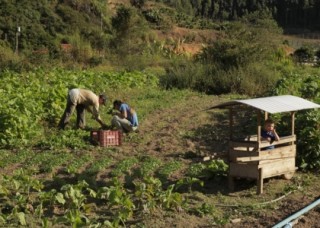
May-2015
Our first stop on the trip: the community of Alto Santa Maria. This is a Pomeranian community settled on the slopes of the hills in the municipality of Santa Maria de Jetibá, in the state of Espírito Santo. Approximately 1500 people live here, with an estimated 90% being of Pomeranian descent, and they cling tightly […]
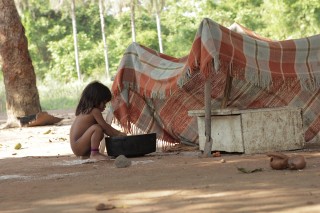
May-2015
In the village, houses are for resting and sleeping, and the Panará sleep in hammocks or beds they build themselves. In the past, a Panará would sleep on the floor, the houses were big and many families would live in them with their father-in-law. Today the houses are smaller, but the kitchen is always on […]

May-2015
Nasepotiti means “burnt bat” – eating bats was an old custom of some of the Panará people. Today the bats fly freely around the village and no one bothers hunting them, they prefer other game like fish, stingray, eel, tapir, spider monkey, capuchin monkey, caiman, tortoise, and many others. The village is located in the […]



